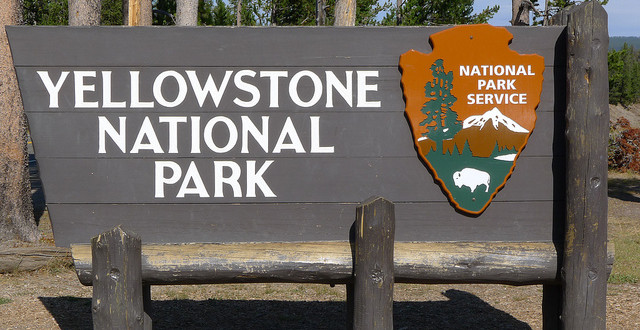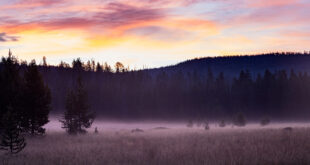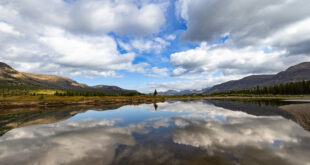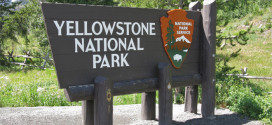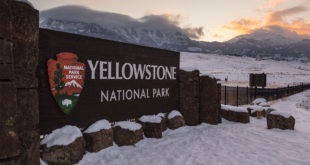Yellowstone National Park may have to institute peak season entry fees, raising the entrance fee from $30 to $70 per vehicle during the summer.
The proposal would also raise the motorcycle fee from $25 to $50 and the individual person fee from $15 to $30. In addition, fee adjustments for commercial tour operators are also being considered.
If enacted, Yellowstone would be one of 17 national parks (which includes some of the busiest and most popular parks, including Grand Teton, Glacier, Grand Canyon, Yosemite, and Zion) where fees would be increased during the “busy season.”
Under the proposal, “park-specific” annual passes would be available for $75, an increase from $60 for Yellowstone visitors. It is not known how this proposal would affect Yellowstone and Grand Teton’s shared pass program.
According to the National Park Service, the fee raise is being mulled to provide the NPS with more funds to address the national park system’s substantial maintenance backlog, which is valued at approximately $12 billion. The proposed “peak season” calendar is below, courtesy of the NPS:
– May 1-September 30 for Arches National Park, Bryce Canyon National Park, Canyonlands National Park, Denali National Park, Glacier National Park, Grand Canyon National Park, Grand Teton National Park, Olympic National Park, Sequoia & Kings Canyon National Park, Yellowstone National Park, Yosemite National Park, Zion National Park
– June 1-October 31 for Acadia National Park, Mount Rainier National Park, Rocky Mountain National Park, Shenandoah National Park
– January 1-May 31 for Joshua Tree National Park
The NPS is soliciting public comment on the proposal from now through November 23, 2017. If interested, you can leave a comment through the agency’s Planning, Environment, and Public Comment (PEPC) website or submit written comments to the following address:
National Park Service
Recreation Fee Program
1849 C Street, NW, Mail Stop:
2346 Washington, D.C. 20240
Over the past few years, Yellowstone and Grand Teton officials have weighed how to address deteriorating park infrastructure and increasing visitation. Indeed, a pair of surveys released this summer predicts Yellowstone’s road system may be “poor” across the board and unable to handle constant, heavy traffic by 2023.
 Yellowstone Insider Your Complete Guide to America's First National Park
Yellowstone Insider Your Complete Guide to America's First National Park
